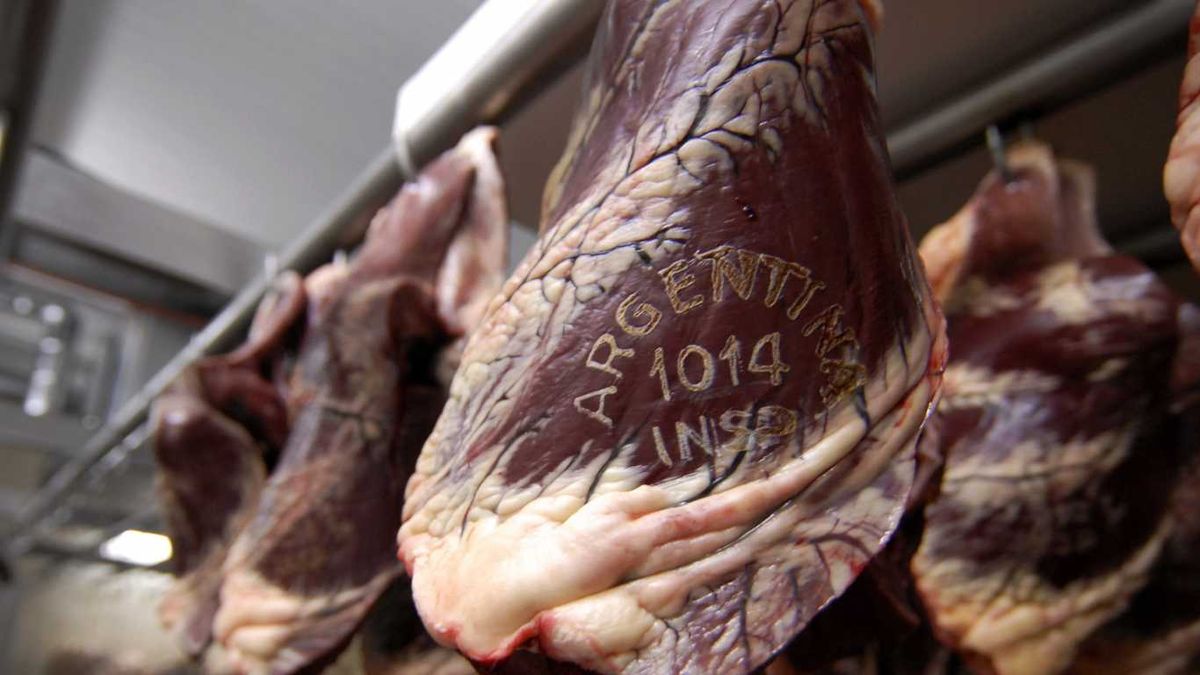In the official offices they look at this rebound with concern. But the price freeze imposed by the Secretary of Commerce on October 19 through Resolution 1050 does not reach fresh products. During October, it was precisely these products in which the Indec measured a sharp rise in prices: vegetables increased 10.9% and fruits 8.7%. While meat advanced a moderate 1.3% last month, the acceleration in recent weeks could add some pace for the latter part of the year, as the journalist Daniel Aprile had already advanced in this same newspaper.
This rise in meat prices was detected by the surveys carried out constantly by the national administration and prompted an official to request meetings with members of the economic cabinet to closely analyze the situation. Although imminent measures are not studied, they did clarify from the Government that “it is not going to allow there to be any type of abuse that affects consumers.”
Why do prices rise if export quotas still apply to guarantee the supply of the domestic market, a measure that had been taken to avoid increases? From the sector they explain that it has to do with a drop in supply and a rebound in demand due to a relative improvement in purchasing power.
The latest report from the Chamber of Meat Industry and Commerce (CICCRA) puts numbers on that interpretation. In October of this year, 10.1% fewer animals were slaughtered than last year, which causes a lower supply of meat in the market. “In the accumulated of the first ten months, a total of 10.72 million heads of cattle were slaughtered and this number was 7.5% lower than that of January-October 2020,” the document details. The president of the entity, Miguel Schiariti, told Ámbito that the situation is fundamentally explained because in the last two years there was a reduction of 1.5 million head of cattle as a result of two phenomena: a greater slaughter of bellies in previous years and the impact of drought on animal fertility. According to calculations by the head of CICCRA, this year there are around 600,000 fewer calves than last year.
The data from the Ministry of Agroindustry are similar. Official sources explained to Ámbito that throughout this year there was a “significant retraction of the slaughter of females -both heifers and cows- compared to the level of participation of the slaughter of males.” This causes a drop in current supply but has a positive impact on the stock in the long term.
But the drop in production does not explain everything, because inflation and the behavior of producers also affect price formation. Schiaritti reviews that the price per live kilo of calves went from $ 100 last year to $ 270 this year and that, in addition, the price of corn doubled. “The producer loses between $ 4,000 and $ 6,000 in the economic equation of fattening poultry”, details. In turn, producers invest in the purchase of calves as value coverage and leave these animals to breed in the field, which, although it is cheaper, requires a slower production process.
The mix of motives pushes the outlook forward, because the drop in supply will continue for some time while demand is expected to continue.
To this are added new remarks in Liniers. Yesterday, Hacienda prices in the Buenos Aires market registered a 26% rise compared to the October average. Schiariti explains that prices went from $ 220 to $ 260 and that this rise may be due to the rains of recent days, although he also details that, if it falls, it is unlikely that it will return to the $ 220 floor. In this sense, the economist Hernán Letcher, director of CEPA, pointed out that the increase in prices in Liniers is around 10% “even if they are compared with the average price of the first half of November in relation to the average of October”.
Source From: Ambito
David William is a talented author who has made a name for himself in the world of writing. He is a professional author who writes on a wide range of topics, from general interest to opinion news. David is currently working as a writer at 24 hours worlds where he brings his unique perspective and in-depth research to his articles, making them both informative and engaging.




